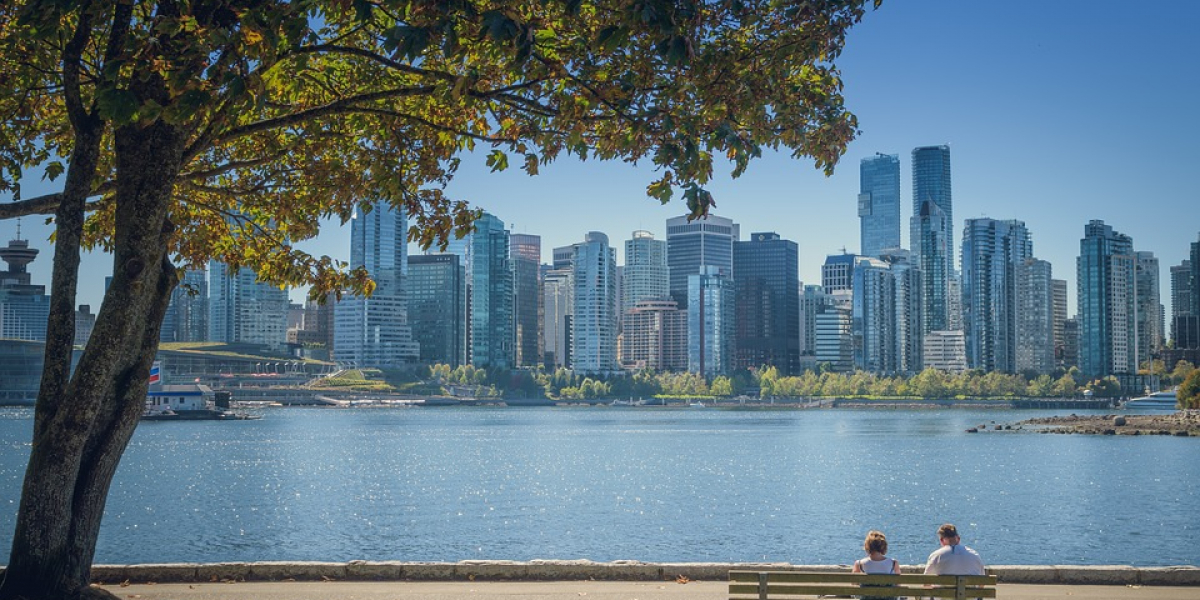
June 21, 2017
By Michelle Brownlee
Imagine it’s the year 2030 (and beyond). Canada is very different – yet still instantly recognizable. Our cities and towns are vibrant and green, with clean air, and great quality of life. Our electricity comes from almost exclusively renewable sources, stored in batteries when not needed and brought to us through a highly-integrated grid that communicates with our appliances and homes in order to optimize our energy use.
Our jobs are changing too – in good ways. Across the country, people still go to work at manufacturing plants, mining operations, construction firms, retail stores, farms and services—but Canadian industry is now among the leaders in finding ways to minimize environmental impacts through innovation and cleantech.
And more and more people are employed in the booming cleantech sector, working in high-demand areas like water technology, advanced vehicle components, and smart grid design.
These positive changes are benefitting everyone – including all socioeconomic groups, Indigenous Peoples, and rural, northern and urban Canadians alike.
To make all this possible, government spending practices have shifted so that low-carbon solutions are given an edge, but the main driver has been private capital – citizens, companies, pension funds and even international investors, who have seen positive returns from shifting their investments to low-carbon solutions.
To make all this happen, the years from 2017 to 2030 have been spent in a flurry of policy activity – with policy makers drawing on all the best knowledge and practices, and real-world and theoretical evidence of what makes policy effective. Academics, think tanks, and policy makers have been openly collaborating on the big questions that need answering – questions around how to design individual low-carbon policies to work best (and to work well together), questions about the inclusiveness of the low carbon economy, questions about financing the transition and questions about how to ensure Canada is on track for success.
Coming back to present day, we’ve put in place many of the broad policy strokes that are needed to achieve this 2030 Canada, but lots remains to be done – both in the details of current and coming policy, and in the additional efforts we know are needed to close the 2030 emissions gap on our way to deeper decarbonization. The policy community needs the research community’s help.
With a new White Paper we are releasing today, we bring all those big and important questions under one roof as a low carbon policy research agenda for Canada. We hope that by putting the big questions in one place, it can help the research and policy communities to prioritize, focus and collaborate to ensure the best possible policies for Canada.
The Policy Research Agenda is broken down into four lines of inquiry. Have a look at the general headings below and then download the White Paper to review the entire agenda.
1. The Policy Package
How can the various policies, programs, regulations and incentives to help transition Canada to a low-carbon economy best be designed to interact with one another in environmentally and economically effective combinations?
2. Sustainable Financing
How can the transition to a low-carbon economy be sustainably financed – including for green infrastructure, incentive programs, and boosting clean innovation, all of which require upfront investment? How can policy be designed to leverage and draw in private and international capital?
3. Inclusion of Opportunity
How can the transition to a low-carbon economy be implemented in a way that is inclusive, ensuring that benefits accrue to all Canadians, and that different groups, regions, sectors, and firms that could potentially be adversely impacted during the transition are supported?
4. Ensuring Success
How can decision makers and stakeholders ensure that the transition remains on track to achieve the environmental and economic outcomes it should?
We identify about a dozen questions under each line of inquiry. Take a look at the White Paper for more detail on the questions, more information on how we came up with them, and more insight on why they’re important for Canada right now.
As this is a White Paper, we’re looking to refine it, update it, and keep it alive as long as needed. If you have ideas for prioritizing these questions, for questions we might have missed, or for how these questions should change over time, don’t hesitate to contact us at info@smartprosperity.ca
Have a great day transitioning to the low-carbon economy!